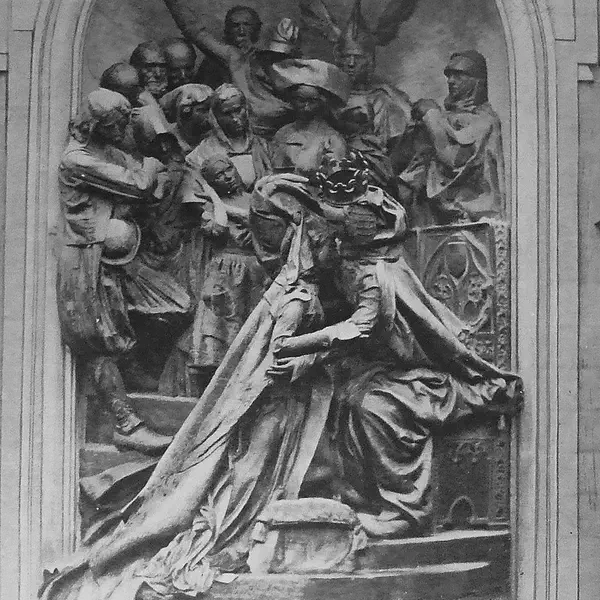
Secret Society Gwenn Ha Du Bombs the Momument Representing the Union of Brittany With France at Rennes, Brittany
August 07, 1932
Gwenn ha Du (Breton for white and black) was a Breton-based terrorist group founded at the end of 1930 in Paris by Célestin Lainé. It advocated Breton nationalism through direct action and published a secret manual aimed at instructing readers in terrorism.
In July 1932, Gwenn ha Du decided to destroy a monument found particularly offensive: a statue carved by Jean Boucher marking the union of Brittany and France in 1532. Its unveiling some twenty years earlier triggered the first protest by the Parti national breton. Célestin Lainé made a bomb in his bedroom, consisting of a condensed milk carton filled with nitroglycerine. In the early hours of August 07, he set the bomb behind the head of the King of Frances statue in the facade opposite the mayors office. At 4:00 a.m., the bomb detonated, shattering the bronze statue and all glass within 100 meters. On August 07, the group claimed responsibility for the attack (which coincided with the 400th anniversary celebration of the union, taking place in Vannes under the guidance of Edouard Herriot). LHumanité, the French Communist Party newspaper, spoke out the day after, protesting that Herriot didnt mention that all Celtic civilization was wiped out, the refusal to acknowledge the Breton language and culture. The authorities arrested six militants on August 11; although innocent, the six remained imprisoned for fifty days.
The Gwenn-ha-du, which presented itself as the unofficial army branch of the Parti national breton, followed up with a few months of action. On November 20, Gwenn ha du members detonated a bomb on the railway line between Ingrandes and Champtocé, not long before Edouard Herriots (head of the government) arrival there. The train stopped in front of the sectioned rails. However, Herriot got to Nantes to celebrate the act of the Union of Brittany and France. Three more attacks followed: April 13, 1936, with arsons in four préfectures; December 18, 1938, with the blowing up of a monument (the Monument de la Fédération bretonne-angevine in Pontivy); and the attack in the préfecture of Quimper on February 28, 1939.